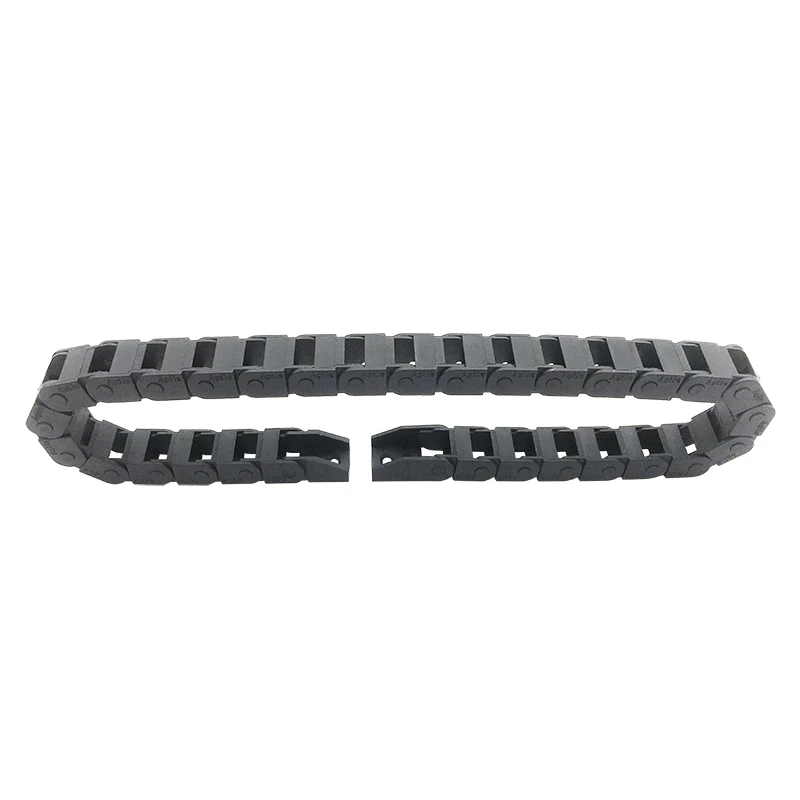flexible cable carrier
Understanding Flexible Cable Carriers Essential Components for Modern Machinery
In today’s industrial landscape, the movement and management of cables and hoses are crucial for the optimal functioning of machinery. One of the pivotal components that facilitate this is the flexible cable carrier, also known as a cable track or drag chain. These specialized carriers play a significant role in various applications, from robotics to CNC machinery, by providing a structured, managed pathway for cables and hoses, thereby promoting safety, efficiency, and longevity.
What Is a Flexible Cable Carrier?
A flexible cable carrier is a type of conduit designed to protect and organize cables and hoses during the various motions of machinery. Unlike rigid conduits, these carriers are made from flexible materials that allow for movement and bending, making them ideal for applications where machinery experiences dynamic motion. The design typically consists of interlocking links that form a chain-like structure, which can be customized in length and width to accommodate different sizes and volumes of cables.
Key Features and Benefits
1. Flexibility and Mobility The most prominent feature of flexible cable carriers is their ability to bend and twist, enabling them to move along with the machinery. This flexibility minimizes wear and tear on cables, reducing the risk of fraying and breakage caused by excessive bending or twisting.
2. Protection from Environmental Factors Flexible cable carriers protect cables from various environmental factors such as dust, debris, and exposure to chemicals. By shielding cables from these elements, carriers help maintain their integrity and functionality over time.
3. Improved Organization By keeping cables and hoses organized, flexible cable carriers help to streamline the workspace. This organization reduces clutter, which can improve safety by minimizing tripping hazards and making maintenance tasks easier and more efficient.
flexible cable carrier

4. Reduced Downtime and Maintenance Costs Implementing flexible cable carriers can significantly reduce equipment downtime. With organized cables protected from damage, the need for frequent repairs is diminished, leading to lower maintenance costs over the machinery's lifespan.
5. Customizability Flexible cable carriers can be tailored to meet specific application needs. They come in various sizes, materials, and configurations, allowing engineers to select the most suitable option for their machinery. For instance, carriers may be made from plastics, metals, or composite materials, depending on the required durability and environment.
Applications of Flexible Cable Carriers
Flexible cable carriers are widely used across numerous industries. In manufacturing, they are often found in robotic arms, assembly lines, and machine tools. The ability to handle multiple cables simultaneously is particularly beneficial in environments where high degrees of motion are constant.
In the automotive industry, these carriers facilitate the movement of electrical and hydraulic systems in assembly robots or conveyor systems. In the aerospace sector, flexibility is critical in managing components within aircraft, where space is limited and safety is paramount.
Moreover, flexible cable carriers are gaining traction in the entertainment industry, particularly in stage designs and motion-controlled sets, where cables must move fluidly alongside performers and equipment.
Conclusion
As industries evolve and technology advances, the necessity for efficient cable management becomes even more pronounced. Flexible cable carriers stand out as essential components that enhance the reliability and safety of machinery in various applications. Their unique attributes, such as flexibility, protective capabilities, and ability to improve organization, make them invaluable in maintaining the performance of modern industrial systems. Investing in high-quality flexible cable carriers can lead not only to improved operational efficiency but also to reduced costs associated with maintenance and repairs, making them an essential choice for businesses looking to thrive in a competitive landscape.








